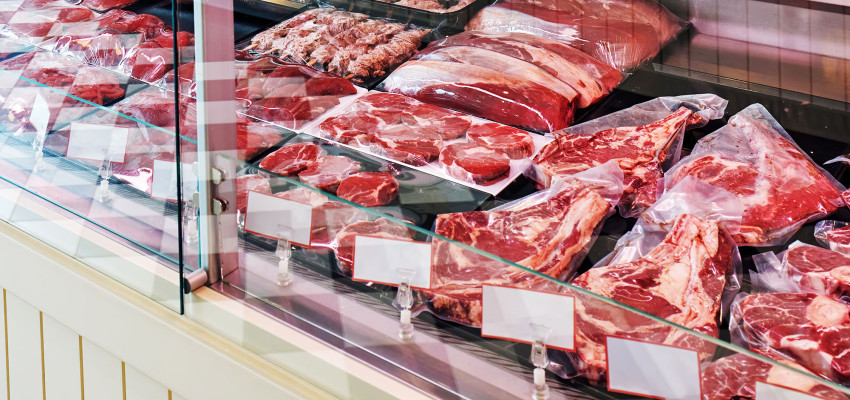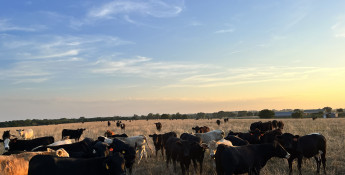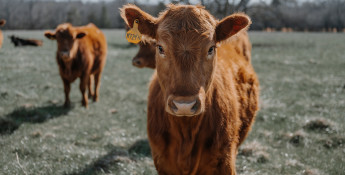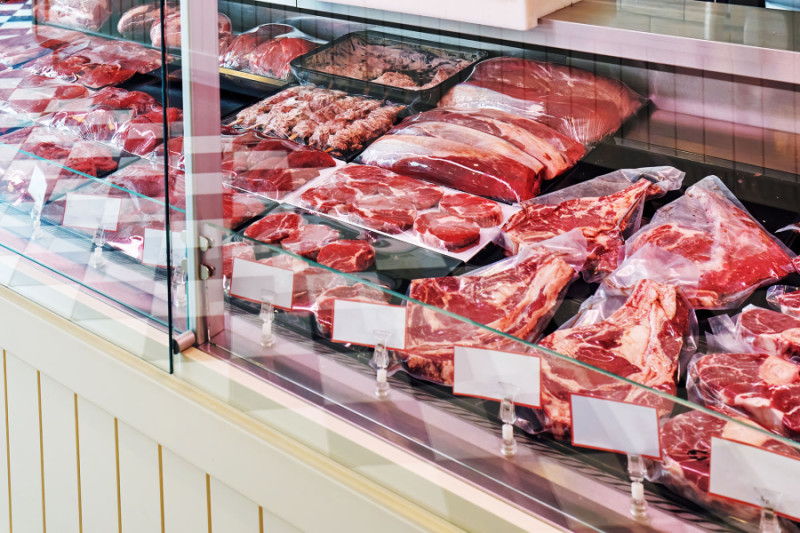By Brandi Buzzard on April 18, 2024
Imports and Exports Coexist in Harmony in Beef Industry
Why cattle ranchers depend on both domestic and export markets

Last month, I shared news about a rule that provides more transparency to grocery shoppers, the Product of the USA rule, which is set to take effect in 2026. Subsequently, that news prompted a few questions from readers and social media followers about beef imports and exports so let’s get a 10,000-foot view of how imports and exports coexist in the beef industry.
Firstly, you might be asking, “Why do we export our U.S.-raised beef?”
The beef we raise here in the United States goes to a variety of markets including grocery stores, food service/restaurants and exports. Both beef producers and beef processing plants want to find the highest-paying market for each cut of beef, and that is not always a U.S. market. Some products are valued much higher abroad than here, such as liver, short ribs and variety meats. Furthermore, the beef we raise here is mostly grain-finished and very high quality, which is highly demanded in fine dining establishments around the world.
The multitude of exports provide a massive value to the U.S. beef industry. In 2022, we exported 3.54 billion pounds of beef, 80 percent of which was purchased by Japan, South Korea, China, Mexico and Canada.1 Overall, the value of beef exports was just under $10 billion in 2023, however, in light of another drought, that number may decline a bit in 2024 due to falling cattle numbers.2 Overall, export markets add nearly $400 of value to each processed animal so it’s clearly not a market to be taken lightly.2
One additional reason we export so much beef is the simple, yet complex, issue of trade. If we wish to import beef to satisfy our demand for hamburgers, we must be willing to be an appealing trade partner for other beef-producing nations. And while trade partners, ag policy and tariffs can be very complex, without imports, we simply cannot have export markets.
Now to the hamburgers.
Because our beef is so high quality and highly demanded outside our borders, we aren’t able to produce enough ground beef (which is made by grinding up whole muscle cuts) to meet the demand of an American staple: the fast-food hamburger. Aptly put, Americans want hamburgers, not hearts. The U.S. thrives in science-based markets, and we require the same from our trade partners when it comes to importing beef. We don’t import beef from nations that don’t meet our strict food safety standards. As a reminder, all meat, poultry and egg products sold in a grocery store are inspected and approved by the Food Safety and Inspection Service, which is not owned by any food or animal company and ensures safe food for our U.S. consumer base.
Historically, the U.S. imports roughly 10-12 percent of our beef supply annually. In 2021, we imported roughly 10 percent, while in 2023 we imported about 12.5 percent. Again, that figure has the potential to increase in 2024 based on domestic cattle numbers being lower. Last year, Canada was the top supplier of beef to the U.S. with Australia, Mexico, New Zealand and Brazil closing out the top five. Those five nations comprise 88 percent of total beef imports (notice there is some overlap between the import and export partners?).3
In short, trade is the operative word. If we wish for beef farmers and ranchers to get maximum value for our cattle, exports are one piece of the puzzle. And if we want our undying love for hamburgers to remain unimpeded, we must import more than 3 billion pounds of beef per year.
I hope this has been a helpful overview – if you have any questions, feel free to message me through my social media accounts on Facebook or Instagram. As always, thank you for reading and for supporting U.S. beef farmers and ranchers – you are appreciated!
2 Beef Forecast Driven by Demand, Price – Progressive Farmer
3 Beef Trade Deficit in 2023 and Anticipated in 2024 - Feedlot Magazine







